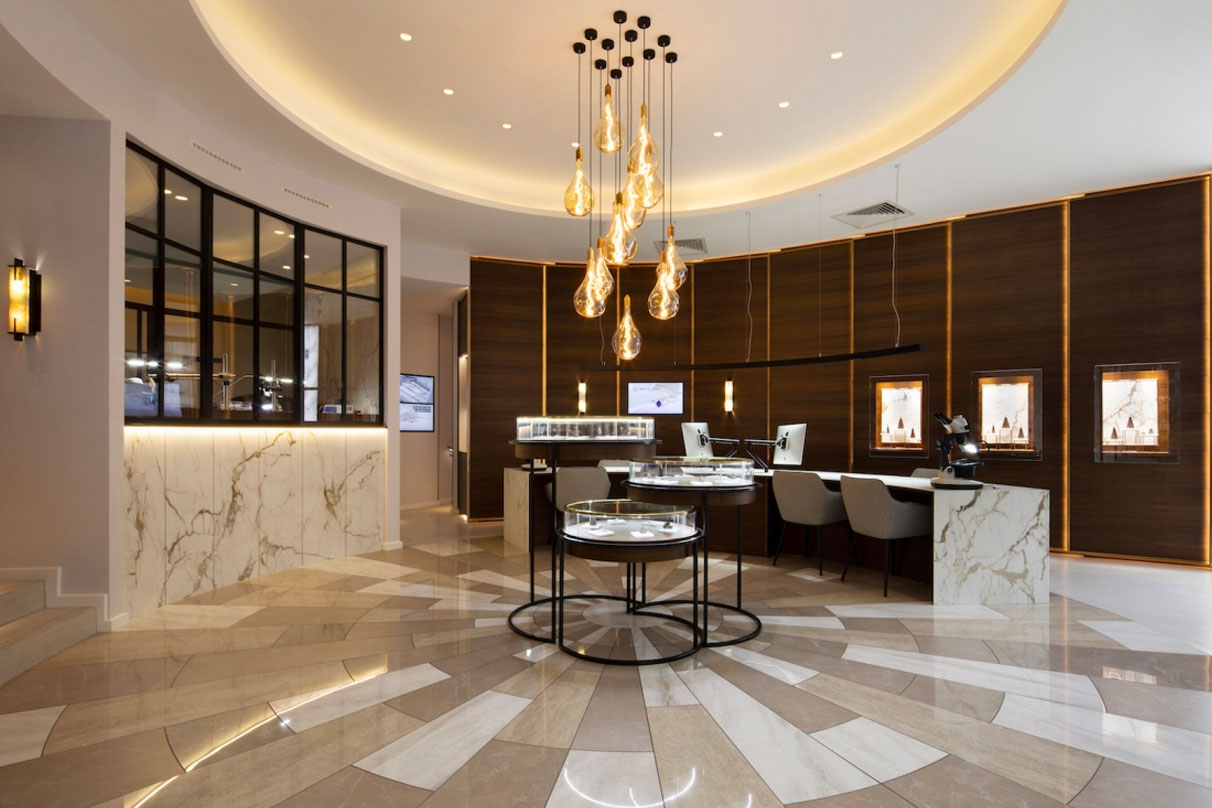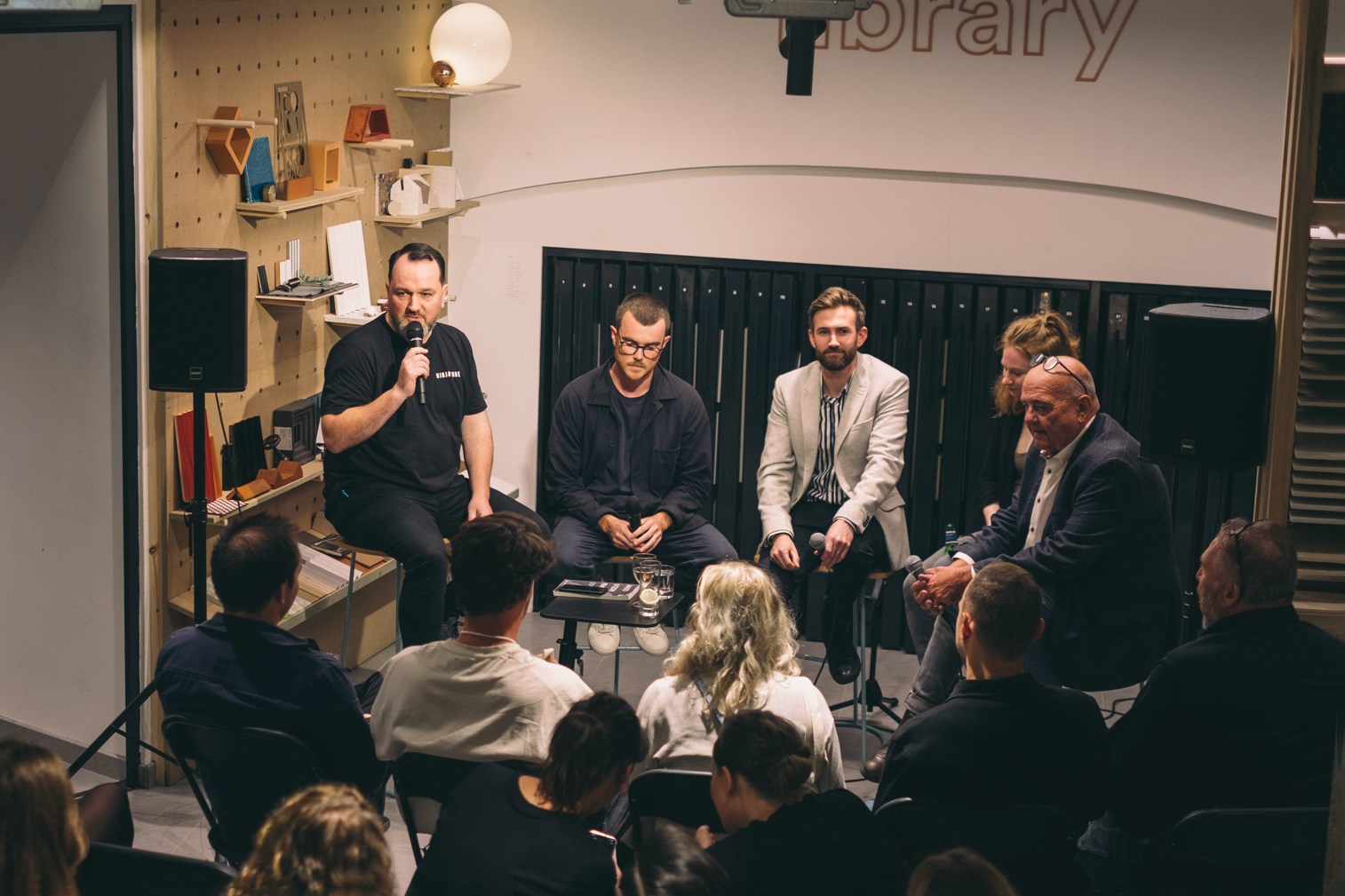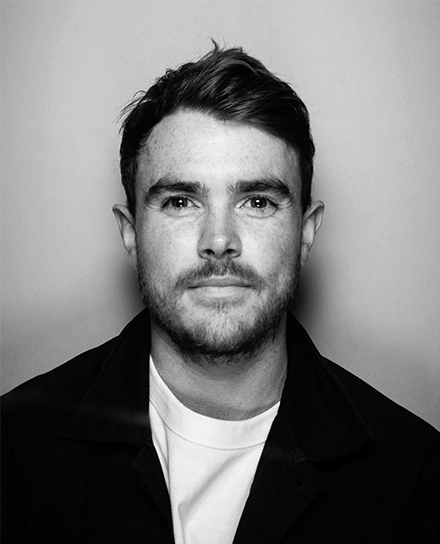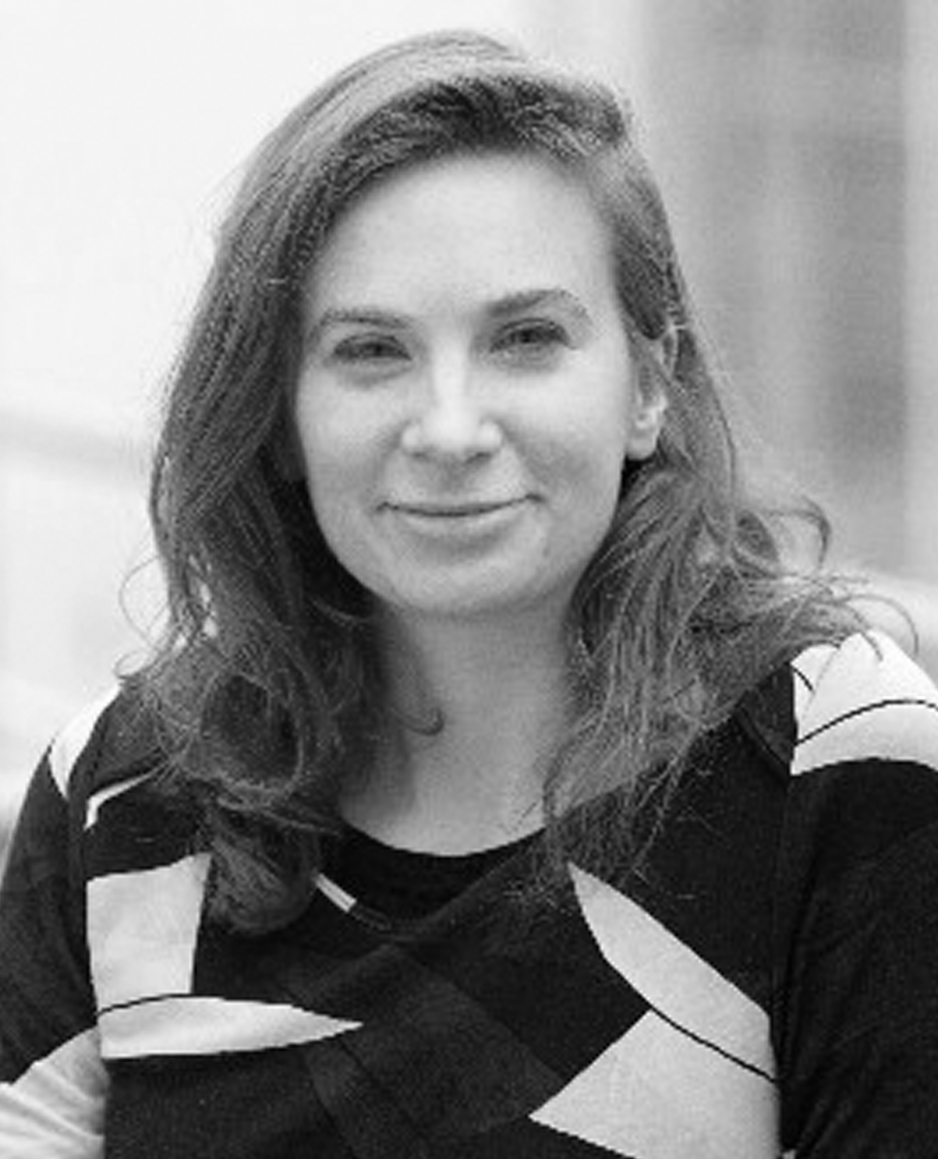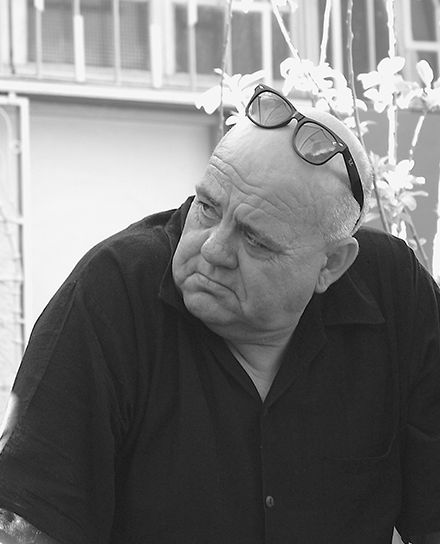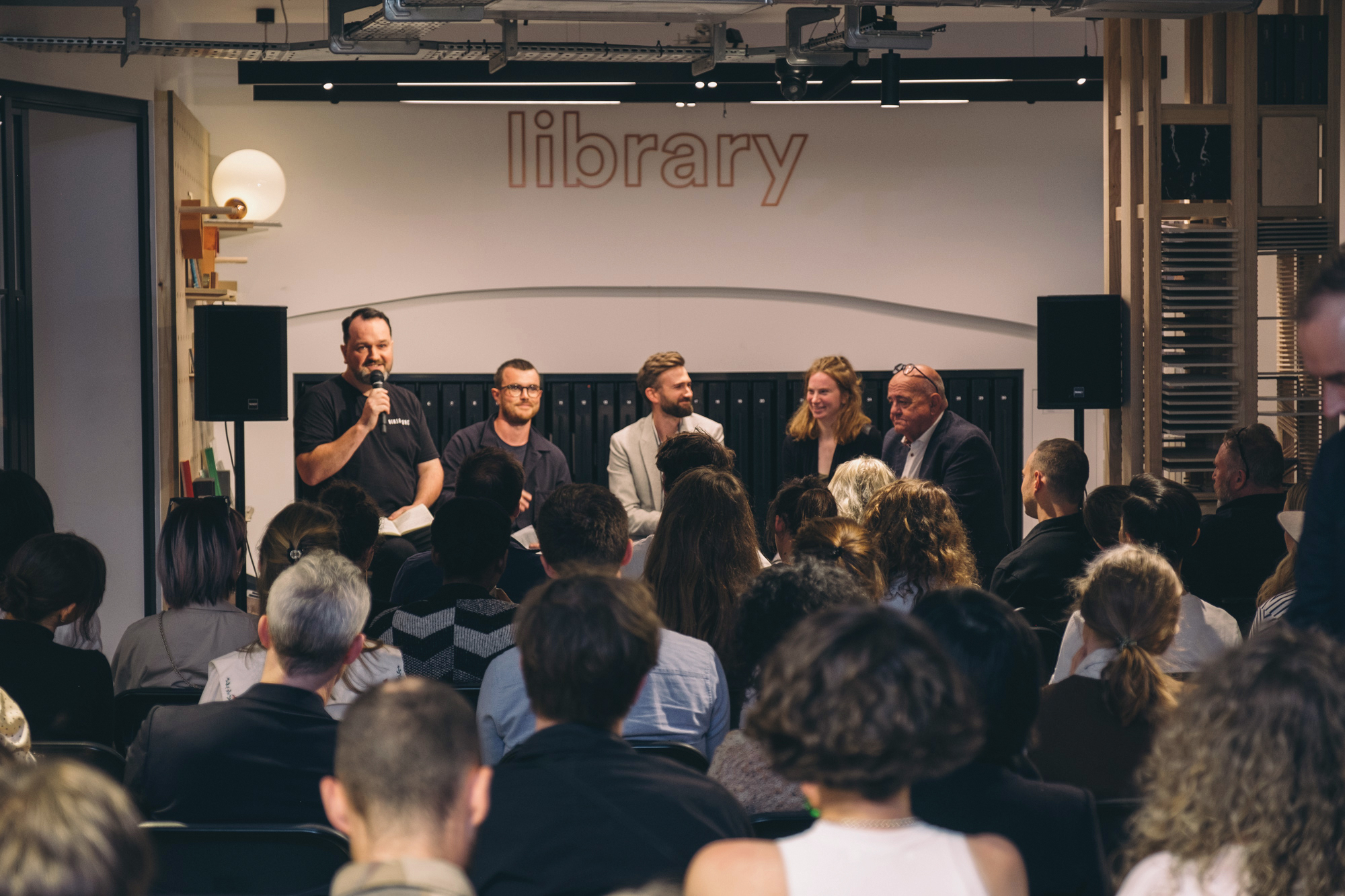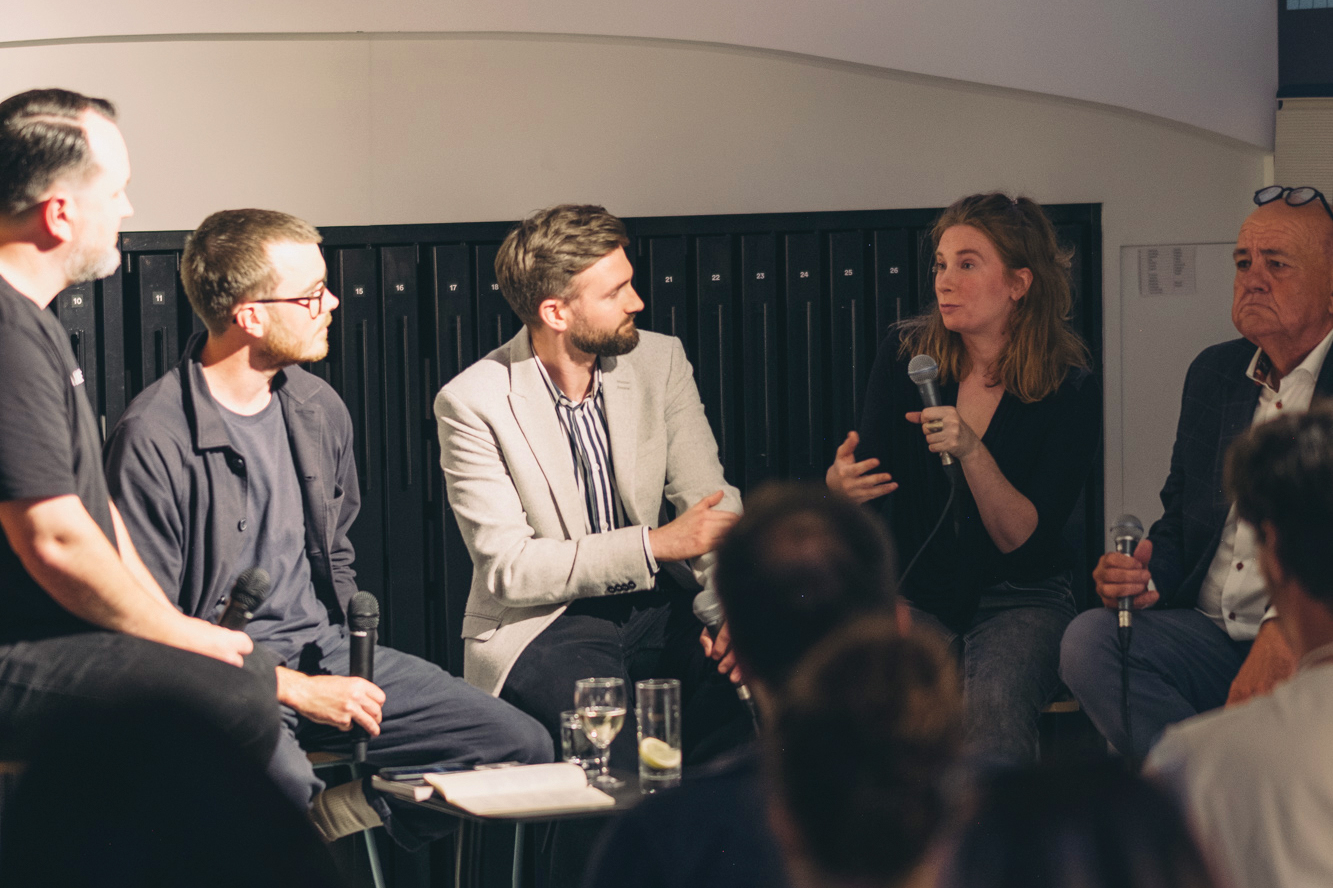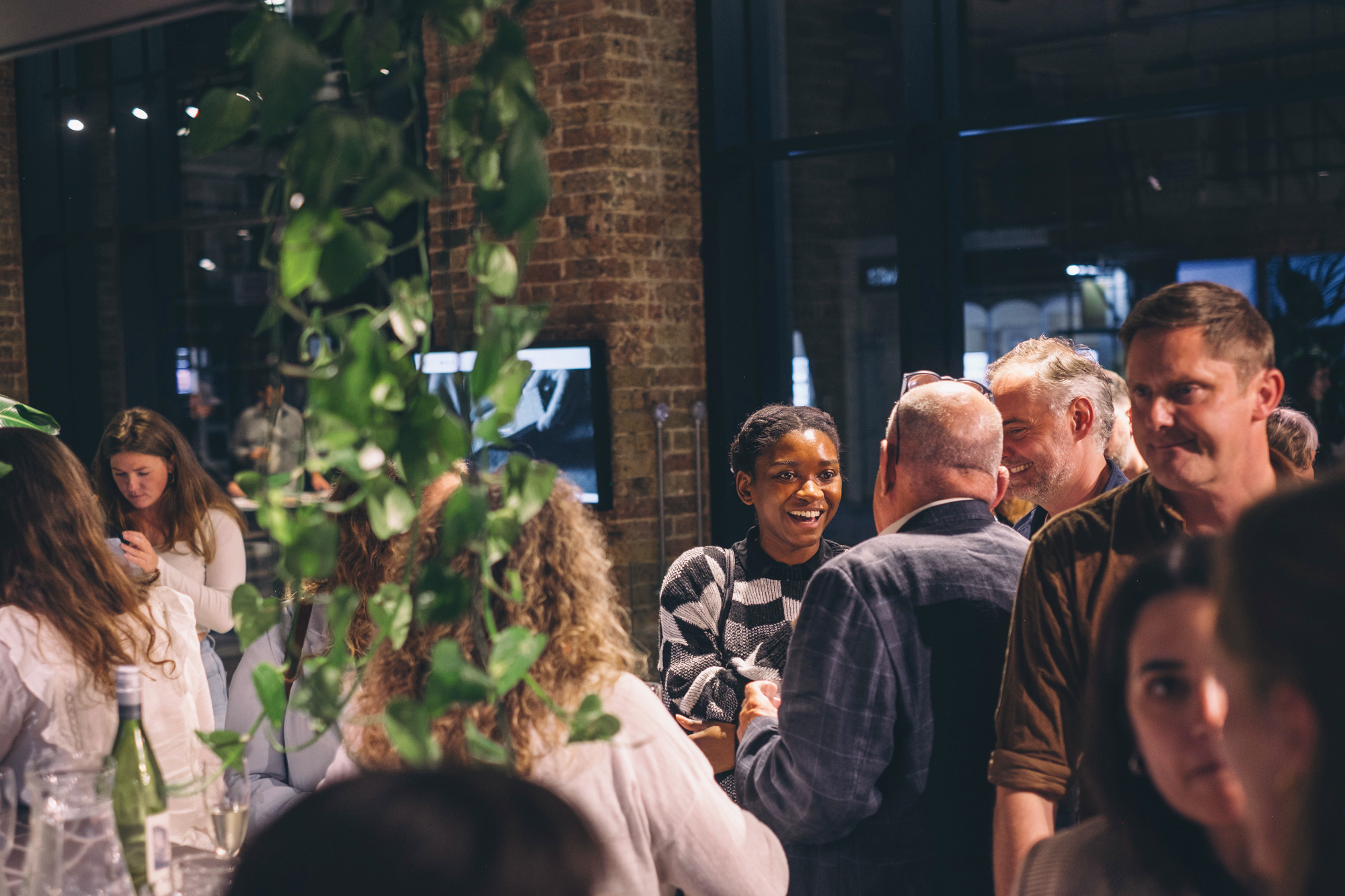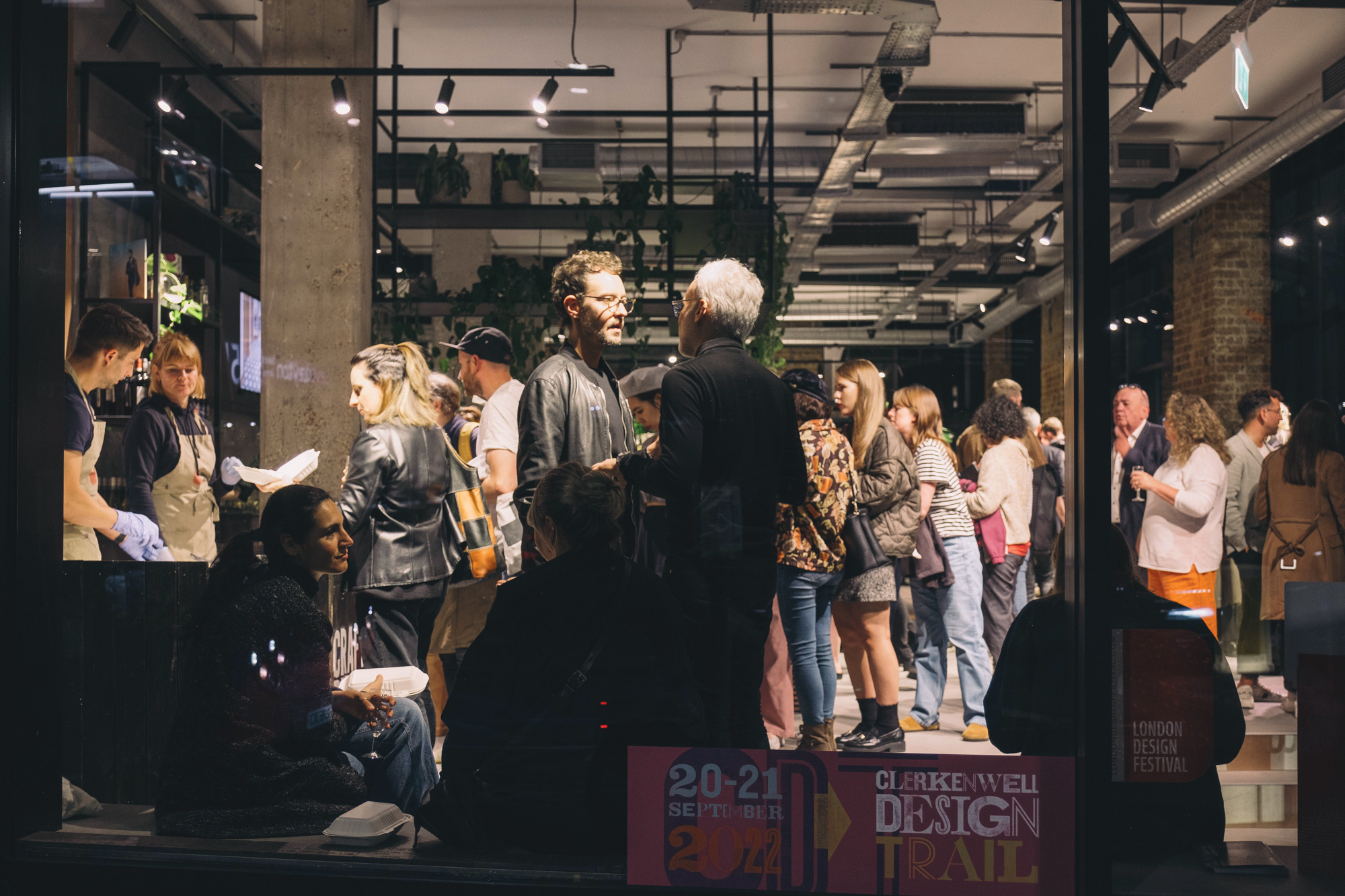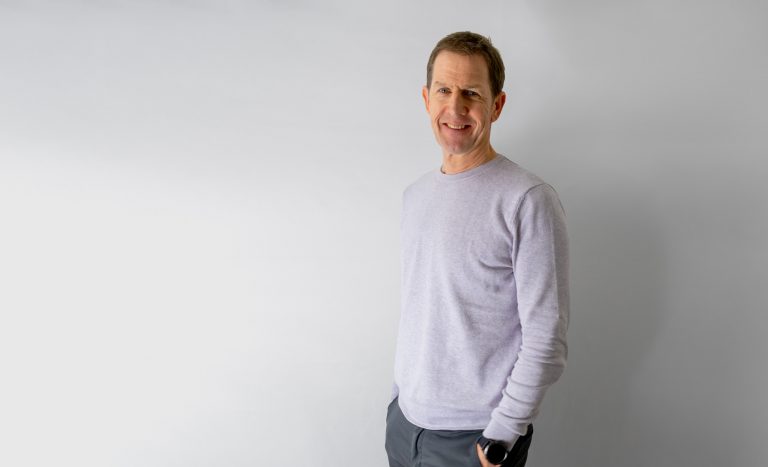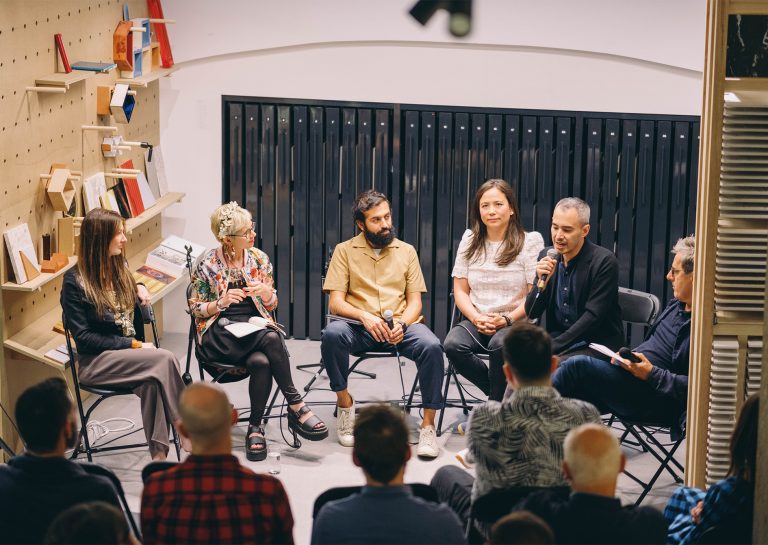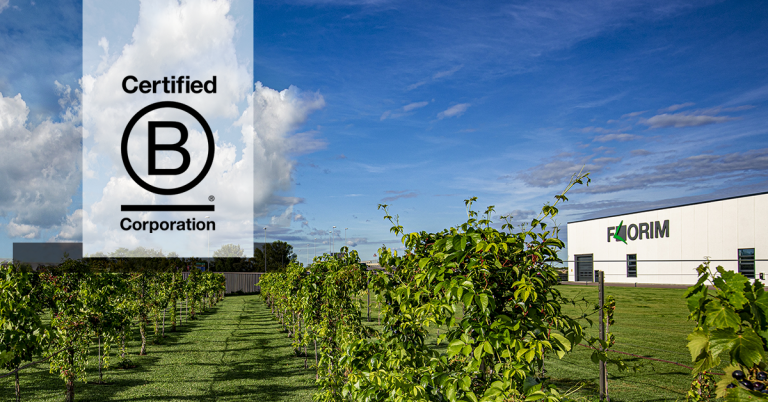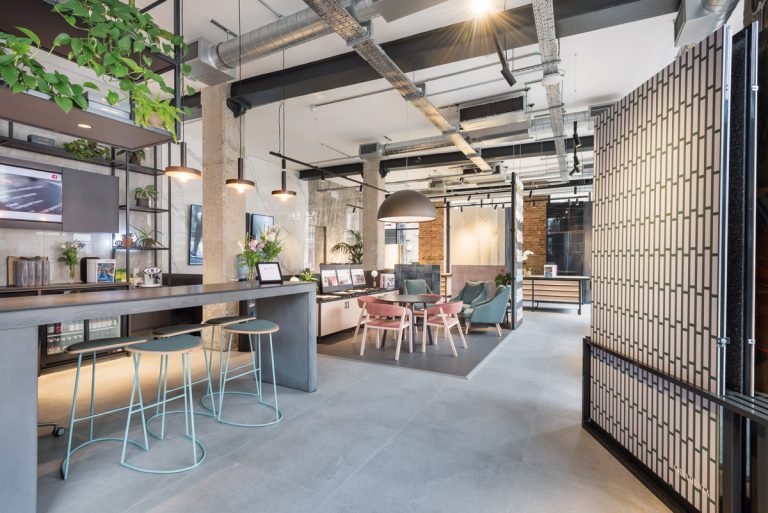James Halliday is an Associate at Squire & Partners, one of the largest practices in the UK with a global reputation for excellent, contextualised work.
Ben Channon is a Director at Ekkist, a design for well-being consultancy. The Author of “Happy by Design” and “The Happy Design Toolkit”, Ben is an architect who has specialised in designing buildings that support better mental health.
Dr Eleanor Ratcliffe is a Lecturer in Environmental Psychology at the University of Surrey. Her work focuses on Restorative Environments; spaces that help people recover from every day stress and fatigue.
Roger Tyrrell is Principal Lecturer in Architecture at the University of Portsmouth. Roger approaches the study of architecture from a philosophical, social, and cultural perspective.
The discussion was chaired by Conleth Buckley, PR Executive at Solus.
The conversation was opened by asking James how he approaches material choices when approaching a brief for a commercial project.
James explained that context was the critical consideration when approaching any brief. In-depth research into the building, area, or client and organisation would be the precursor to creating a palette of materials. Another consideration is how the materials change over time, particularly in commercial settings where you might expect high traffic.
“Sometimes the aging process of materials is viewed as a bad thing, but materials can age very beautifully, becoming more beautiful over time. How metals patinate, leather wears, and timber floors gain character over time are all things that we think about. For the ironmongery in our offices, we used unlacquered brass on the handles. This was a conscious choice as the building we were designing, in Brixton, is a building that celebrates history, celebrates change. Our concept was to strip back the layers of history but as the brass has changed colour they seem to have settled into their environment and become part of the fabric of the building.”
The Department Store by Squire & Partners. Image credit: James Jones
Conleth asked Ben, “Your book suggests that, if we spend 80% of our time in buildings, we should know how they make us feel. How does design effect feelings?”
“As an architecture student I was never taught enough about how materials can affect feelings or, even shape behaviour. Yet there is a huge body of work emerging from Environmental Psychology that addresses this. Recent studies from Japan looked at how subjects responded to rooms clad in different materials. They found heart rates and blood pressure would lower in a timber room. The researchers believe it is because the materials are activating the parasympathetic nervous system, the opposite of our ‘fight or flight’ mechanism. So how do we encourage people to be more mindful of tactility and texture as they use a building? Can we engage more of the senses in a world that is dominated by the visual? Materials are a fantastic way to re-engage the senses, that can be through touch, it can also be through smell, but anything that involves the body in a more holistic way is to be applauded.”
“Materials are a fantastic way to re-engage the senses, that can be through touch, it can also be through smell, but anything that involves the body in a more holistic way is to be applauded.”
Eleanor expanded upon Ben’s point and drew upon her research into the role of sound in wellbeing.
“Sound has a profound effect upon people’s psychology. Much of the evidence is related to the negative impact of sound, how it relates to stress, anxiety, reduced quality of life, even physiological effects like increased risk of cardio-vascular issues. Over the past ten years Environmental Psychology has sought to better understand how sound affects people’s wellbeing. The Japanese studies you mentioned marry with the concept of shinrin-yoku or forest bathing, and an increase in interest in nature as a therapeutic aid. This sense of being immersed in nature is something you can achieve with materials in the built environment. Natural materials are an obvious place to start, but soundscapes and structures that give haptic feedback are also possibilities.”
Conleth asked Roger how materials are related to his area of interest, the phenomenology of architecture and design.
“Phenomenology is a much-misunderstood concept. Simply put, it’s about going back and understanding the essence of things. When Alvar Aalto visited the hill villages of Morocco he said, ‘I went to Morocco, not to find new things, but to rediscover the things we’ve forgotten.’ He visited settlements in the high Atlas Mountains so adapted to their environment that the only way to differentiate the built environment from the natural was by the fall of shadow on the vertical surfaces. You take the ground plain, you erect it, and it becomes place. Absolute affinity between place and material.”
Village in the Moroccan hills.
Eleanor, “I would like to pick up on this idea of place, because in this field of restorative environments ‘place’ is not often mentioned, we more frequently talk about ‘space’ which seems more generic. But of course, when you ask people to go to a restorative natural ‘space’ they often go somewhere with positive associations, a favourite park or garden, somewhere they have an attachment to. The idea of ‘place’ as ‘a space with an identity’, imbued with memories, attachments or associations must play a role in how much it can support a person’s wellbeing.”
“The idea of ‘place’ as ‘a space with an identity’, imbued with memories, attachments or associations must play a role in how much it can support a person’s wellbeing.”
Conleth asked Ben to comment upon making supportive environments and alluded to the work he has done on inclusive spaces.
“I would not call myself an expert on inclusive spaces but the work that I have done in that area suggests that choice of materials play a huge role. Designing for neurodiversity can mean incorporating recommendations on colour, on light. And usually, spaces designed this way make everyone comfortable. Extreme contrasts in colour can be problematic for neuro-divergent people but, we also find that low contrast environments are better for eye health; what benefits a minority is potentially good for everyone else. Similarly designing for older people, say creating more textured, tactile floors that can prevent falls are more pleasant to use for everybody. The engagement of all the senses can have a calming effect on autistic people, say, when there are a lot of other things going on and they may be feeling overloaded.
Coming back to Roger’s point about going back, we find that new materials are not necessarily good for health and wellbeing. It is traditional materials like timber, stone, or ceramics that have been around for millennia that have these supportive effects. Throwing down AstroTurf and saying, ‘This is great because I don’t have to mow it!’ yet exposing yourself and your children to microplastics is a disaster. A recent study from Germany found that 97% of 8-year-olds have plastic by-products in their blood or urine. It is estimated that by 2040, 4 out of every 5 men are going to be infertile because of this contamination, which is terrifying. So, we must reconsider our relationship with materials, as Alvar Aalto said, rediscover what we have forgotten and work with these classic robust materials that are not going to be harming us.”
“We make too much stuff; we throw away too much stuff. We need to fundamentally change our thinking. Materials that we specify can have good sustainable credentials but that is not going to prevent us from going off the cliff.”
Bringing the conversation back to the notion of sustainability and how that relates to materials and wellbeing, James commented:
“Sustainability has become a primary concern of all practices and suppliers that we work with, but it requires a different way of thinking. We make too much stuff; we throw away too much stuff. We need to fundamentally change our thinking. Materials that we specify can have good sustainable credentials but that is not going to prevent us from going off the cliff.
That is why much of the work that we do as a practice is in repurposing and restoration. We approach a site and ask, ‘How can we use what is already there? What is the minimum amount we can do to this building to help it function in its new guise, or how it now needs to be used?’ And that is a genuinely sustainable approach. Relating to Eleanor’s point about space and place, I connect to a place by seeing the history, through the materials that are living their second life.”
Roger to commented on the relationship between materials and sustainability.
“Ah! The ‘S’ word! It may be a heretical position to take, but I loathe that word with a passion because it is used as a catchall, and it means all things to all people. I would like to use the ‘R’ word, responsibility, because it is much less passive, it involves us taking a position individually and collectively and thinking powerfully into the future about the consequences of the actions that we take now on those that come after us.”
Conleth asked Eleanor how we create our own restorative environments, to help us recover from trauma or stress.
“Most of us have fewer opportunities to make a whole new house completely, but there is a lot we can do, even as renters if not homeowners. Within the limitations of renting, we can look at furniture and fixtures to achieve a sense of comfort, of support. I know when I have had stress at work all I want to do is get into bed! There is a lot you can do with the materials in your bedroom, you do not have to remodel your house. It is about making that place the safest place for you: having things that remind you of where you have come from, having a blanket that you made or was made for you. These solutions do not have to be huge but materials that have some special significance to you can help create a supportive environment.”
Opening the discussion to the floor, an audience member asked the question about the importance of light as a material given recent studies that show negative effects of fluorescent light.
James takes the question. “In many commercial projects there are strict regulations for light levels. Personal taste is not always a consideration. But I agree with you that light is a material and a significant one. Junichiro Tanizaki in “In Praise of Shadows” meditates extensively on the role of light in traditional Japanese architecture. He writes about the use of gold paint and lacquer and how, in low light situations, the beauty of gold is more exquisite; how it can be used to illuminate a space by almost drawing light to it.”
Ben picks up the point, “To me fluorescent lights are the devil. They are bright and tend to have a cold colour temperature. They are often bad for our eye health, as they pulse and flicker, and they can also disrupt our circadian rhythms. Sitting under a cold blue light in the evening means when we get home, we find it difficult to sleep. So, I would recommend a warmer light, particularly in the afternoons and something less bright.”
Conleth concludes the discussion by observing that when we started a discussion about the impact of materials on wellbeing, he thought we would talk about wood, concrete, steel, ceramics but not light, time, memory, sound, and the sustainability of materials. The narrative around materials is just as significant to our wellbeing as the nature of the materials themselves.
